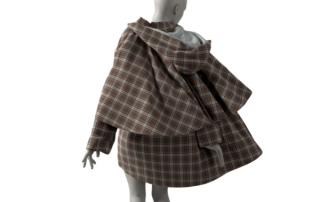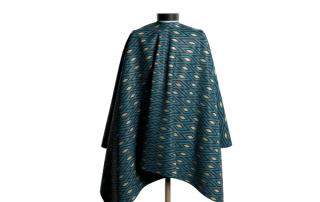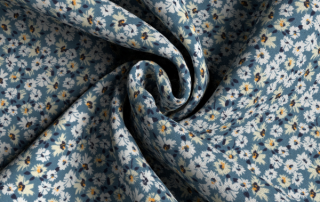How to Scan Fabrics for Digitalization [Tips and Best Practices]
Capturing a digital representation of fabric that is true to life is a key challenge facing the garment manufacturing industry in its digital evolution. Whether you are a mill sharing your materials with customers, or a designer crafting and developing garments each day, digital technology is fusing science and fashion. Digital materials are made up of a complex collection of optical data properties that bring fabric to life in the digital world. In order to digitalize a material, a physical fabric is needed as an input, and there are best practices for preparing the fabric to achieve the best
How to achieve tileable textures
Textures, or repeating patterns in space, are ubiquitous in the real world, both in natural and man-made materials. By using textures, an artist or a designer like you can digitally represent a wide variety of real world objects, ranging anywhere from very irregular patterns, such as stone or grass, to more structural, including walls or fabrics. Texture maps provide an effective way for realistically representing materials in the digital world. One of the largest challenges in a digitalization pipeline that produces texture stacks is related to tiling. That is, how can we turn a texture into a tileable texture,
Fashion designers need digital fabrics at fashion speed
‘Fashion moves fast’ and fashion designers must move even faster to design and produce the garments we see in stores. As a fashion designer with a deadline approaching everything becomes a race against the clock. You need to deliver a fully realized collection of garments that your customers will want to buy, at a price that will make a profit. And you have to deliver NOW or the garments won’t make it to stores in time and your customers will go to the competition. During these busy periods, often called ‘Design Time’, your best intentions of keeping a calm,



